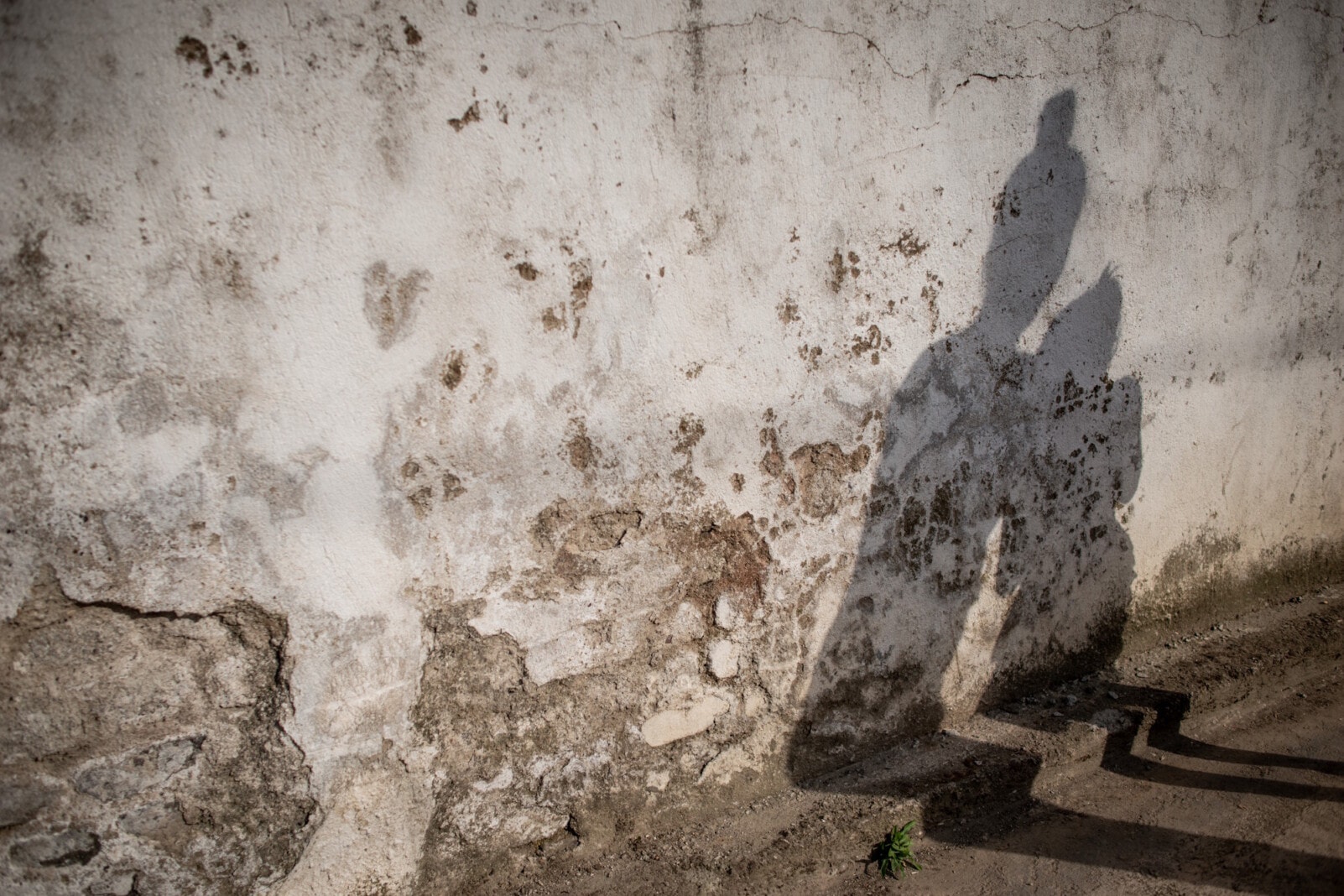In a majority of countries, more than 2 in 3 children are subjected to violent discipline by caregivers
Violent discipline at home is the most common form of violence experienced by children. While teaching children self-control and acceptable behaviour is an integral part of child rearing in all cultures, many caregivers rely on the use of violent methods, both physical and psychological, to punish unwanted behaviours and encourage desired ones. Regardless of the type, all forms are violations of children’s rights. Caregivers do not necessarily use violent discipline with the deliberate intention of causing harm or injury to the child. Rather, it sometimes stems from anger and frustration, lack of understanding of the harm it can cause or limited familiarity with non-violent methods. While children of all ages are at risk, experiencing violent discipline at a young age can be particularly harmful, given the increased potential for physical injuries as well as children’s inability to understand the motivation behind the act or to adopt coping strategies to alleviate their distress.
In a majority of countries, more than 2 in 3 children are subjected to violent discipline by caregivers
Percentage of children aged 1 to 14 years who experienced any violent discipline (psychological aggression and/or physical punishment) in the past month, in countries and areas with available data.
Violent discipline
Build and download your own customisable dataset
Methodology
Data sources
Comparable data on child discipline are mainly available from Multiple Indicator Cluster Surveys (MICS). The MICS include a standard set of questions covering different disciplinary methods, including nonviolent forms of discipline, psychological aggression and physical means of punishing children. The child discipline module was included for the first time in the third round of MICS (MICS3, mainly conducted in 2005─2006). Some Demographic and Health Surveys (DHS) and other national household surveys have also collected the standard, or modified, versions of the MICS child discipline module. The child discipline module used in MICS is adapted from the Parent-Child Conflict Tactics Scale (CTSPC),[1] which is an epidemiological instrument used to assess the treatment of children.
Psychological aggression refers to the action of shouting, yelling or screaming at a child, as well as calling a child offensive names, such as ‘dumb’ or ‘lazy’. Physical (or corporal) punishment is an action intended to cause physical pain or discomfort, but not injuries. Physical punishment is defined as shaking the child, hitting or slapping him/her on the hand/arm/leg, hitting him/her on the bottom or elsewhere on the body with a hard object, spanking or hitting him/her on the bottom with a bare hand, hitting or slapping him/her on the face, head or ears, and beating him/her over and over as hard as possible.
The nonviolent disciplinary practices included in the child discipline module are: 1) explaining why a behaviour is wrong, 2) taking away privileges or not allowing him/her to leave the house, and 3) giving him/her something else to do. Respondents are also asked whether they believe it is necessary to use physical punishment to raise children.
When it was first implemented in MICS3, the child discipline module was administered only to mothers/primary caregivers, who were asked whether any of the disciplinary methods covered in the module had been used by any member of the household during the month preceding the interview. In MICS4 and MICS5, the methodology was changed: Any adult household member, not just the mother or primary caregiver, could respond to the questions on child discipline. Beginning with MICS6, the methodology was changed back and now the child discipline module appears in the questionnaires for children under five and the questionnaire for children aged 5 to 17 and is administered to mothers/primary caregivers. This means that data on child discipline collected in MICS4 and MICS5 are not directly comparable with data collected in MICS3 and subsequent rounds beginning with MICS6.
Main indicators
In the third and fourth rounds of MICS, the standard indicator referred to the percentage of children aged 2 to 14 years who experienced any form of violent discipline (physical punishment and/or psychological aggression) within the past month. Beginning with the fifth round of MICS (MICS5), the age group covered was expanded to capture children’s experiences with disciplinary practices between the ages of 1 and 14 years.
MICS module on child discipline
MICS surveys have a standardized module on child discipline.
Download the MICS module on child discipline under 5 (PDF)
Download the MICS module on child discipline 5-17 (PDF)
[1] Straus, M.A., et al., ‘Identification of Child Maltreatment with the Parent-Child Conflict Tactics Scales: Development and psychometric data for a national sample of American parents’, Child Abuse and Neglect, vol. 22, 1998, pp. 249─270.
Sub-topics
Within the multi-faceted area of violence, current monitoring efforts are focused in two areas, each of which has a dedicated page that can be accessed below.
